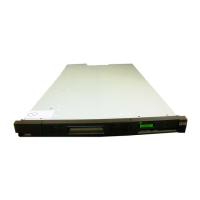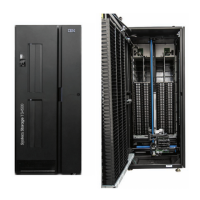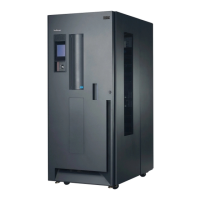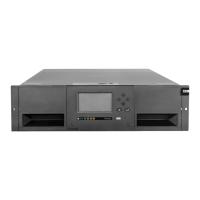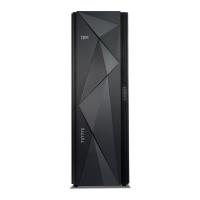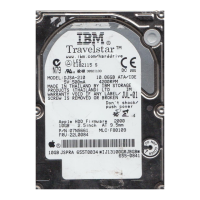Setting up your environment to use Global Mirror
Use this process to set up your environment to use Global Mirror for disaster
recovery. Global Mirror asynchronously copies data from a host to a recovery site
and maintains data on a storage unit at the recovery site.
You can configure a Global Mirror environment using two sites and three volumes
on two or more storage units.
Note: The storage unit at the local site is designated as the Global Mirror master
and all other local (or production) storage units are designated as
subordinate storage units. The master sends commands to its subordinate
storage units. These subordinates work together to create a consistency
group and to communicate the FlashCopy commands to the recovery (or
remote) site. All status is relayed back to the Global Mirror master.
When you create volume pairs using Global Copy, data on the volumes is not time
consistent and generally not useful for the recovery site unless all of the data from
the local site has been copied up to a specific point in time. To be useful for
disaster recovery, the target volumes must periodically be made consistent and a
copy of the data made. The following procedures describe how to set up your
environment to use Global Mirror and create a consistent backup copy of your data.
1. Perform the initial planning for the use of Global Mirror. One of the first things
the administrator of the site must do to use Global Mirror is determine the
elements that are involved in the Global Mirror process. This includes the
following:
v The storage units that will participate in the session:
– The storage unit that will be the Global Mirror master storage unit
Note:
If you are using only one storage unit in your Global Mirror session,
then that storage unit will be your master storage unit.
– Other participating storage units that will be Global Mirror Subordinate
storage units
v
The LSSs and volumes within those LSSs that are going to participate in the
session:
– Global Copy source volumes at the local sites
– Global Copy target volumes (FlashCopy source volumes) at the recovery
sites
– FlashCopy target volumes at the recovery sites
– LSSs to be used to connect the master and subordinate storage units
v
The following considerations are part of your management planning for this
session, remembering that a session is a collection of volumes that are
managed together to create consistent copies of data:
– An LSS can only be assigned to one session.
– A Global Mirror master storage unit coordinates the consistency group that
is identified by a single session ID.
– You are responsible for correctly defining sessions and managing the
volumes within that session.
– A maximum of eight storage units are allowed per session.
v
Data paths between Global Copy pairs
v Global Mirror control paths between the master and subordinate storage units
Chapter 10. Disaster recovery using Copy Services 147
